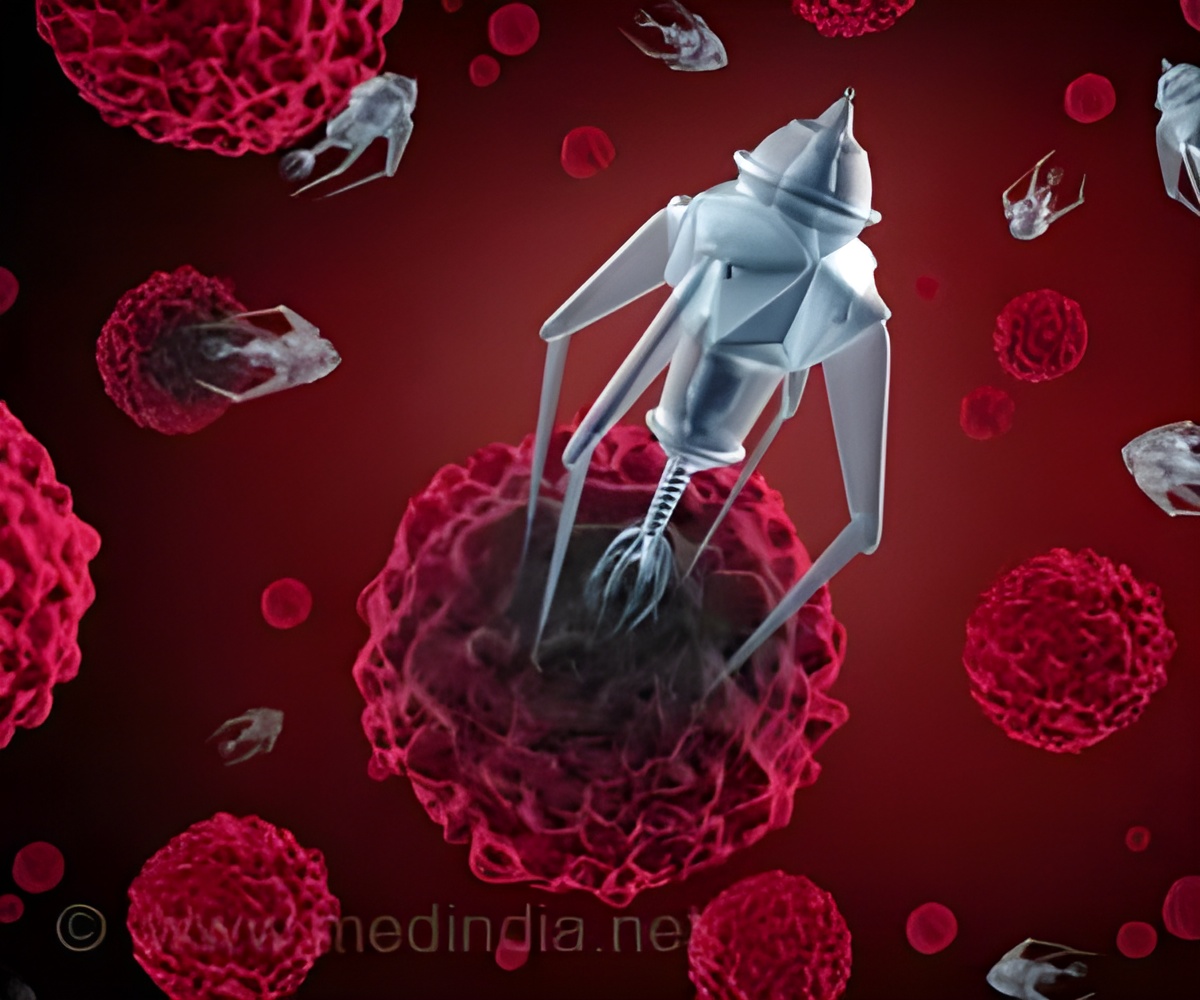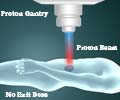
‘This study proves that a new type of radiation therapy for cancer can be developed.’
Read More..Tweet it Now
"Our method opens up the possibility of selectively amplifying the effect of X-ray radiation at the tumor site," says Kotaro Matsumoto of Kyoto University's Institute for Integrated Cell-Material Sciences (iCeMS), who developed the technique with Fuyuhiko Tamanoi and colleagues in Japan, Vietnam, and the USA. "This solves one of the major problems of current radiation therapies, where only a small amount of X-rays actually reach the tumor."Read More..
Conventional radiation therapies employ polychromatic X-rays, consisting of various energy levels, with low-energy X-rays failing to penetrate the body's surface. Monochromatic X-rays, on the other hand, have the same precisely tuned energy level. If they could be aimed at electron-releasing chemical elements inside tumors, they could be damaging.
To achieve this, the researchers used specially designed silica nanoparticles that were loaded with the chemical element gadolinium. The cancer cells in a 3D tumor culture effectively consumed the particles after one day of incubation. The particles specifically located just outside tumor cell nuclei, where their most critical machinery is found.
At the SPring-8 synchrotron facility in Harima, Japan, the researchers aimed monochromatic X-rays at tumor samples containing gadolinium-loaded nanoparticles.
X-rays turned to an energy level of 50.25-kilo electron volts (keV) that targeted the samples for 60 minutes completely destroyed the cancer cells two days following irradiation.
Advertisement
The X-rays had no effect on cells that did not contain gadolinium-loaded nanoparticles.
Advertisement
Source-Eurekalert















